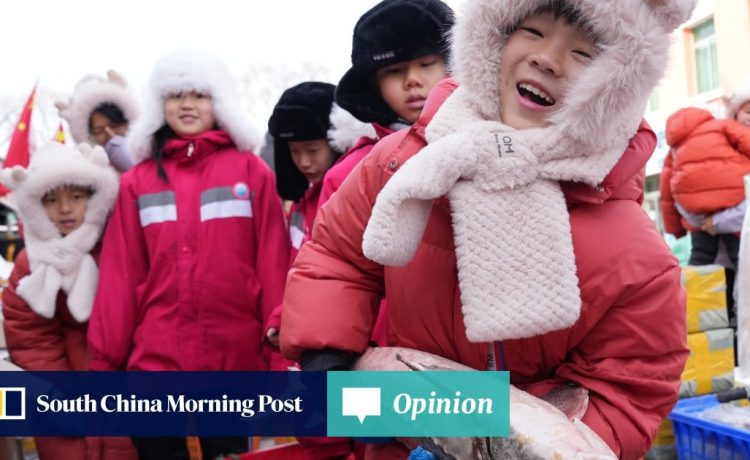As a Chinese person, especially someone who was born and lived for 18 years in northeastern China (my hometown is not far from Harbin), I can’t help but express my complicated feelings – and pride – about what is happening in this marvellous region.
The northeast of China, or Dongbei in Chinese, has always been unique. It is not only a region in a geographical sense, but also in a cultural sense. It consists of three provinces and the northeastern part of Inner Mongolia, and the people who live there have a strong self-identity and think of the region as a collective whole.
If you ask a northeasterner where he or she comes from, the answer may not be the specific province of their hometown. He or she would most likely tell you, “I am from Dongbei”.
Dongbei people are famous for their generosity, hospitality, sense of humour and dialect with a strong accent, which is so contagious that – it is said – no one could remain immune from it.
I like this analogy best: Dongbei, as the “eldest son” of the People’s Republic of China, is embracing its younger sisters and brothers and giving them everything it can offer – just as it did decades ago.
In a family, the eldest son shoulders more responsibility in securing the family’s future. And that was exactly the role of Dongbei in the development of the People’s Republic during the first three decades of its establishment.

Meanwhile, the southern parts of China, especially the coastal areas, embarked on fast track development following the reform and opening up.
The Dongbei region is also grappling with population loss and labour shortages, as many young people have left their hometowns in search of better opportunities. In 2020, the total population of northeast China’s three provinces was 98.51 million, a drop of 11 million from 10 years ago.
Yet, China’s eldest son has not given up. Due to its geographical and historical position, the northeast continues to play an irreplaceable part in maintaining China’s defence and food, energy and industrial security. Despite its unbalanced development, the region still has a strong industrial and agricultural foundation.
Over the New Year’s Day holiday this year, Jilin province received more than 6 million domestic tourists and collected tourism revenues of 5.3 billion yuan (US$737 million), a year-on-year increase of 406.69 per cent and 659.06 per cent respectively. Over the same holiday in Liaoning, the province received over 7 million tourists and nearly 5.2 billion yuan in revenues, a rise of 157.6 per cent and 203.8 per cent respectively.
One touching comment on the internet said that, in the past, the elder brother was the one to support the family, and now it is his turn to feel supported by his younger siblings.
From the bottom of my heart, I hope that Harbin’s winter this year can become the spring of hope for Dongbei’s future.
Wei Wei is the former chief correspondent of the Eurasian bureau of China Central Television, based in Moscow







